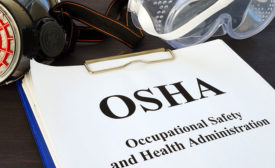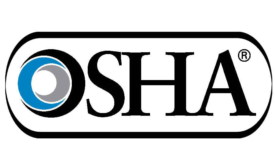Home » Keywords: » OSHA recordkeeping
Items Tagged with 'OSHA recordkeeping'
ARTICLES
The problem with the OSHA rate
Too often it is the only measure of safety performance
February 4, 2020
Reporting variables makes comparisons difficult
How relevant are injury rates?
November 2, 2019
7 common recordkeeping mistakes — and how to fix them
Recordkeeping isn’t always simple
December 14, 2018
Extended Online Edition
OSHA recordkeeping often has little to do with reality
A better way of keeping score
September 6, 2018
Going public with your injury rates
Pros debate whether transparency helps or harms reputations
August 1, 2018
Become a Leader in Safety Culture
Build your knowledge with ISHN, covering key safety, health and industrial hygiene news, products, and trends.
JOIN TODAYCopyright ©2024. All Rights Reserved BNP Media.
Design, CMS, Hosting & Web Development :: ePublishing










